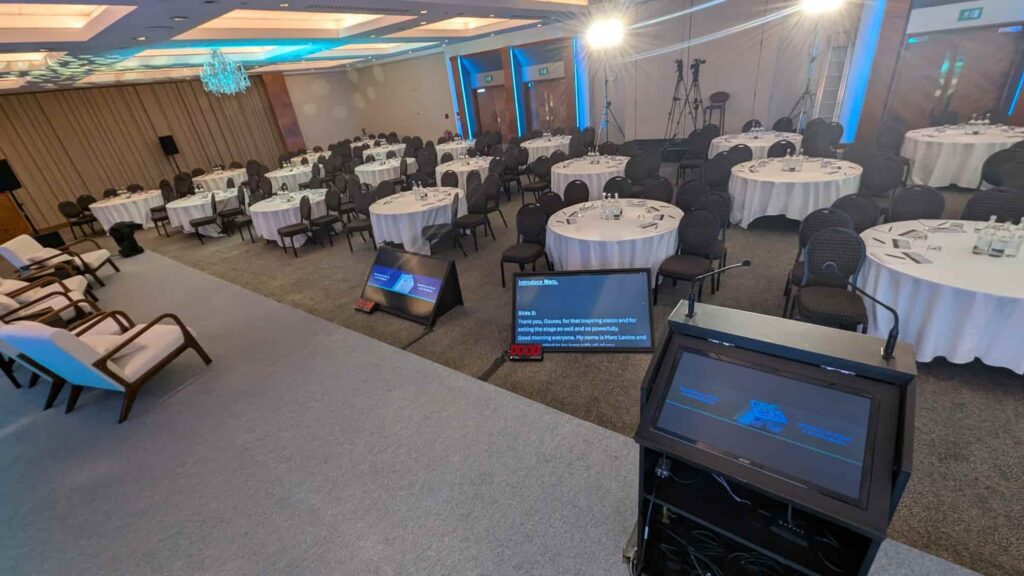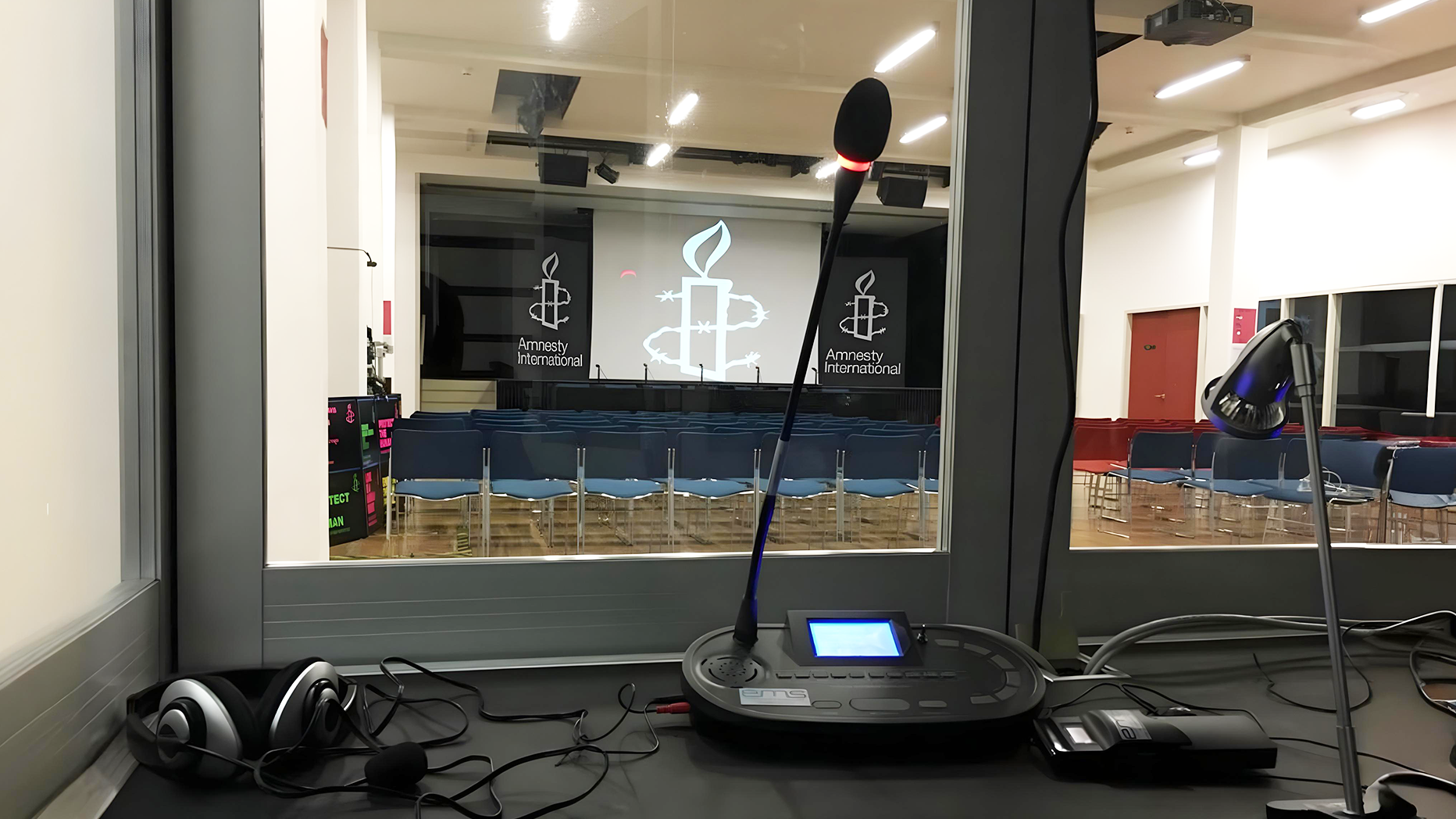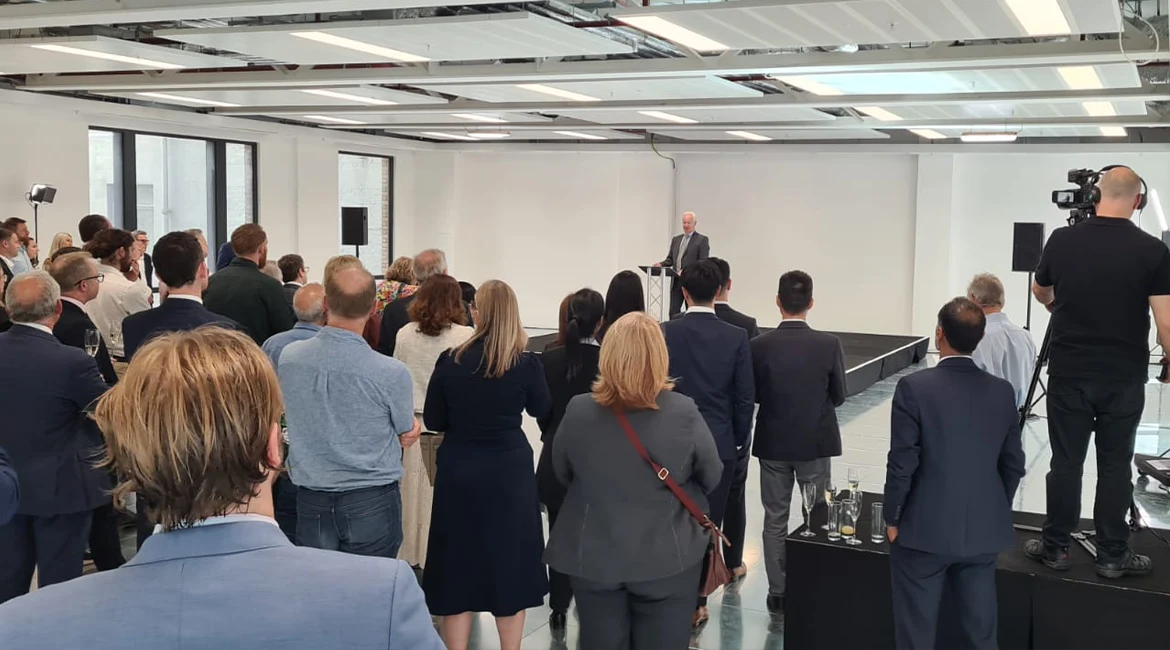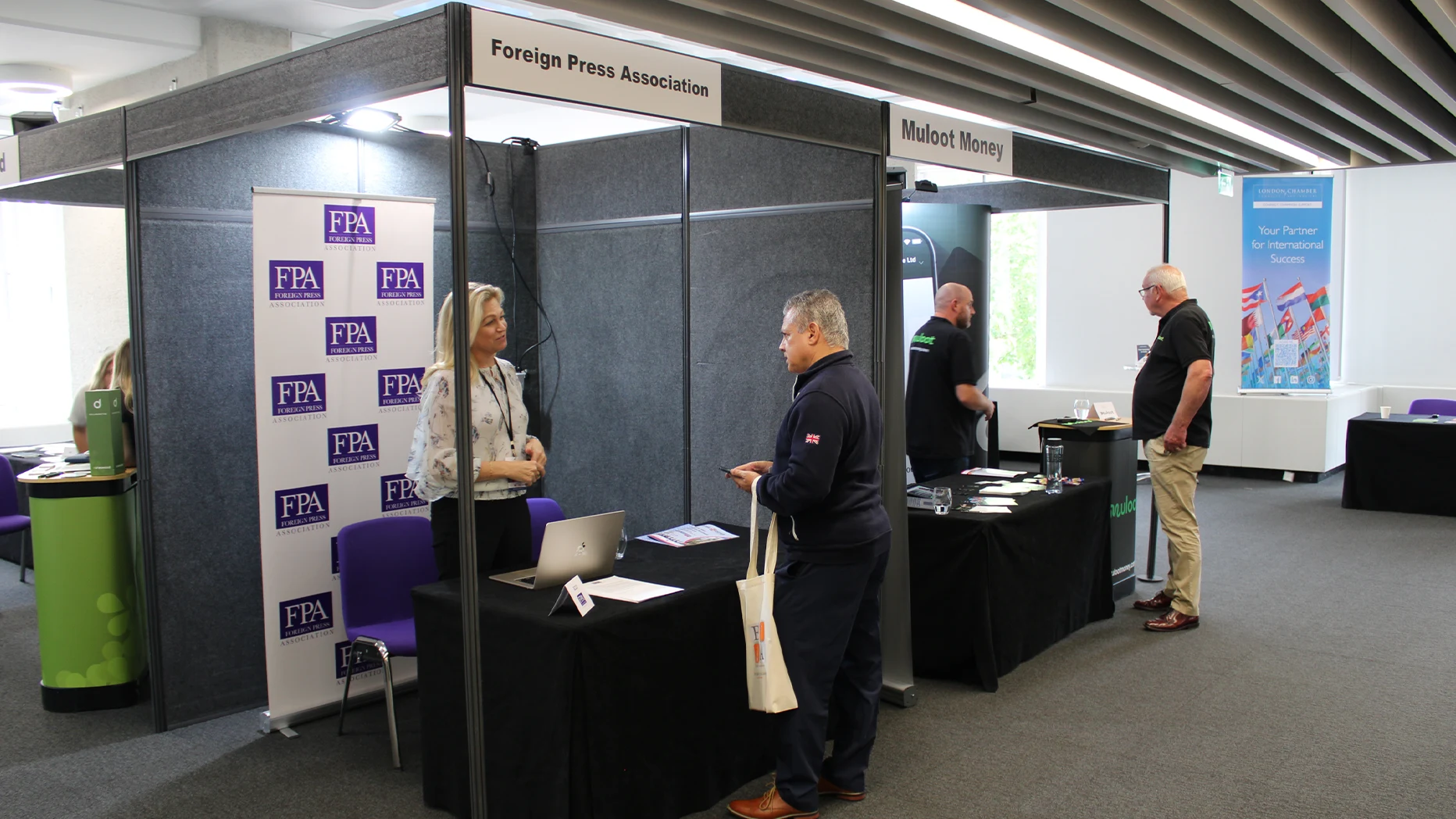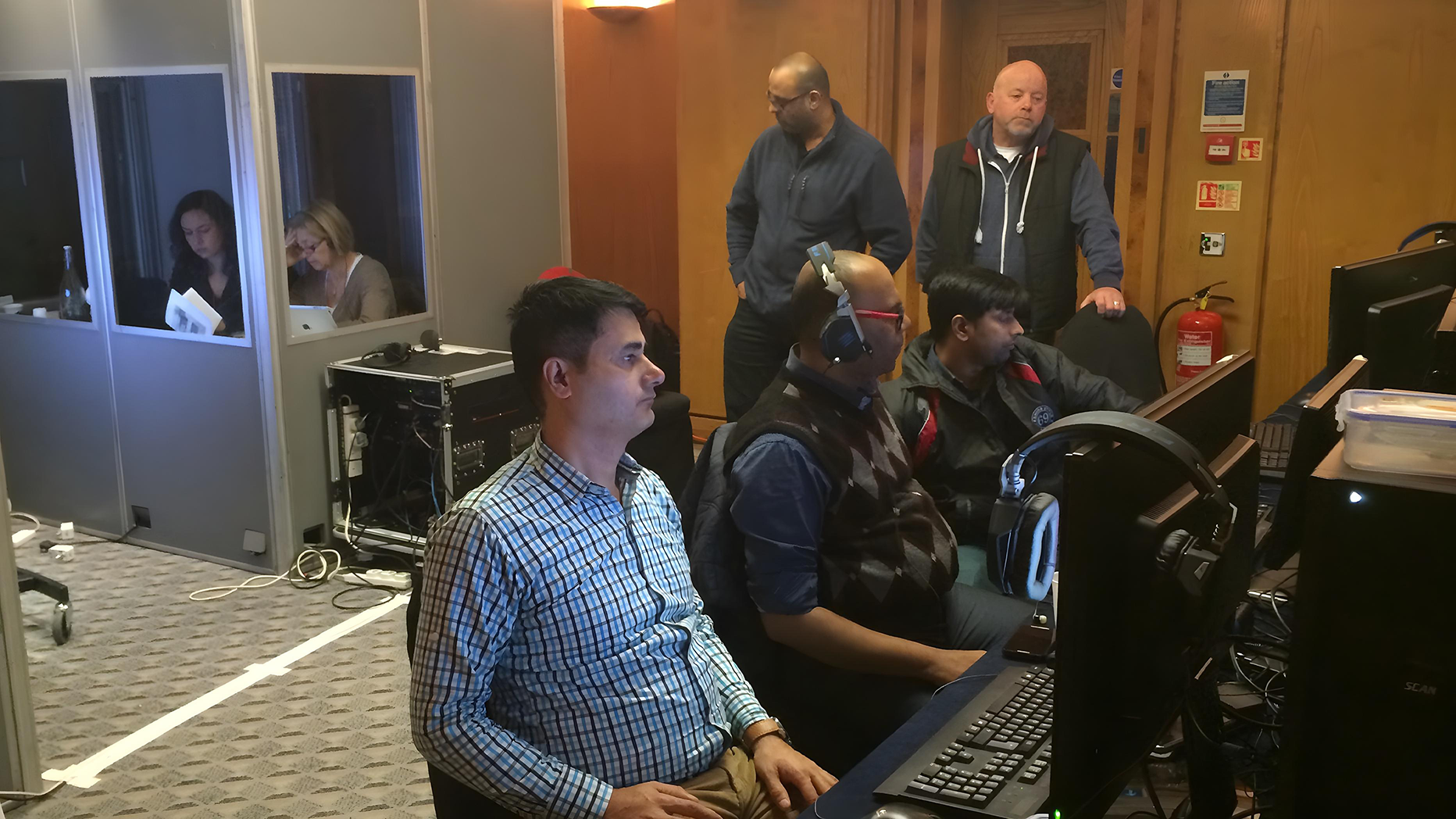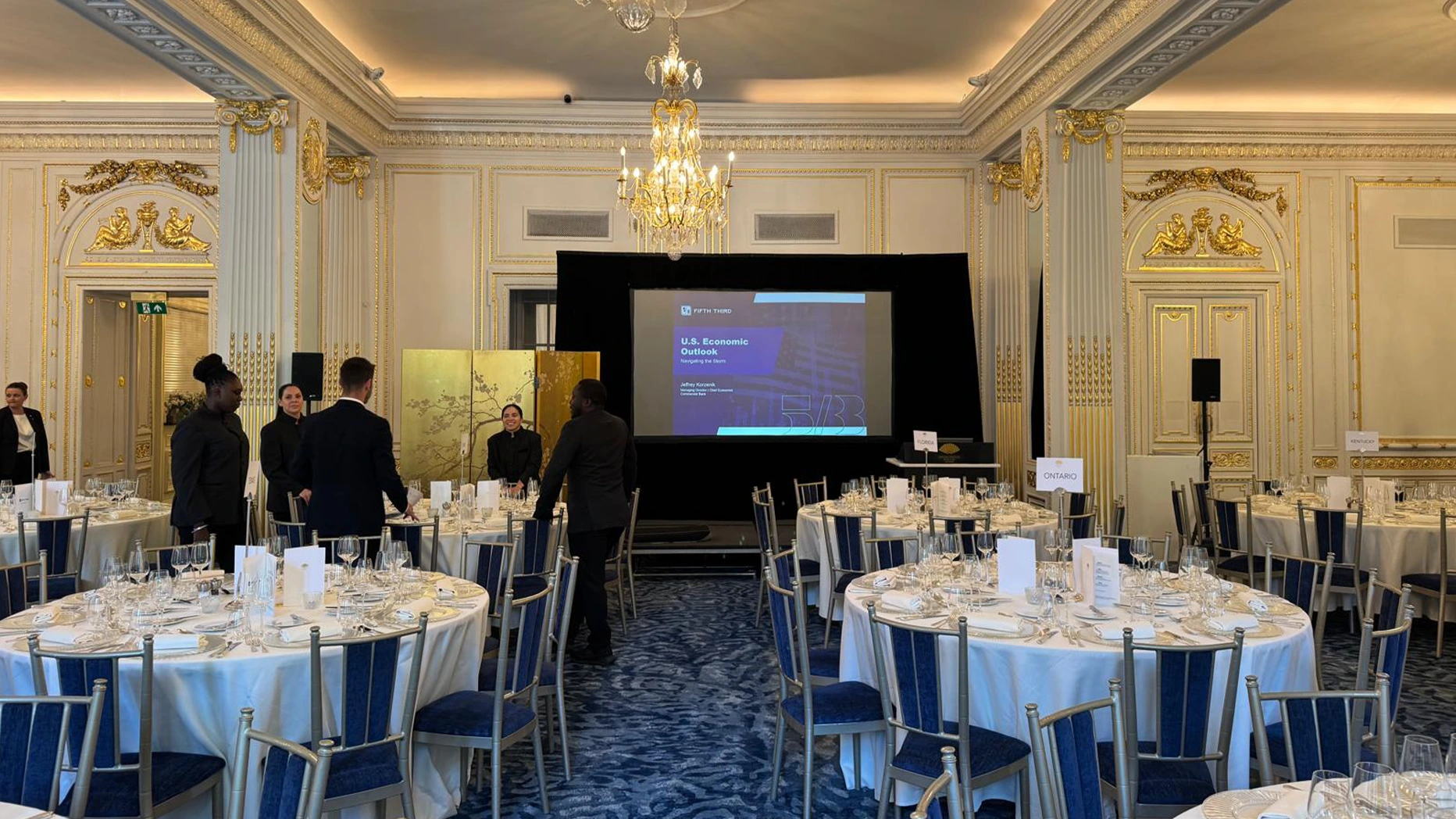It always starts with an idea. Sometimes it’s scribbled on a coffee-stained napkin, sometimes in a late-night email titled “What if we…?” You picture a room filled with people learning, connecting, leaning in as the speaker hits just the right note. Then reality kicks in. Venues, schedules, speakers, sponsors, check-ins, name tags, and suddenly, that simple idea feels enormous.
Planning a conference can feel like standing at the foot of a very tall ladder. But with a clear head and a solid plan, each rung becomes manageable. Whether you’re putting together your first business summit, a training event, or a small industry meet-up somewhere in the UK, this guide will walk you through it — step by step — so you can turn that big idea into an event people will remember for all the right reasons.
10 Steps to plan a successful conference
This blog walks you through every step from setting your goals and choosing a venue to handling the big day and wrapping things up. We have kept it simple and easy to understand, with no confusing jargon.
Step 1: Know your goal
Before you book a venue or send an invite, take a step back and ask: why are you planning this conference? Every event needs a clear purpose. Maybe you want to:
- Teach people something new.
- Launch a new service or network.
- Promote thought leadership in your industry.
If you don’t know the goal, it is easy to lose focus. Write it down and keep it in front of you during the planning process. This goal will help shape your schedule, speaker list, and even how you promote the event.
For example, if your goal is to help small businesses learn digital marketing, you might focus on workshops, hands-on sessions, and practical talks.
Step 2: Create a budget
Money matters a lot, especially while planning an event. A smart budget helps you stay in control, avoid overspending, and make the most of what you have. Start by writing down all the things you will need to pay for. Think of every little detail, even things like name tags or bottled water. Budget items to include:
- Venue rental (per day or hour).
- Audiovisual equipment (projectors, microphones, lighting).
- Food and drinks (tea breaks, lunch, or water stations).
- Speaker costs (fees, flights, hotel stays).
- Marketing (posters, emails, social ads).
- Staffing (ushers, check-in desk, tech support).
- Prints and signage.
- Insurance and permits.
- Miscellaneous costs (a safety buffer of 10–15%).
You don’t need fancy tools; a simple spreadsheet works well. Update it regularly and track what is paid and what is pending.
Step 3: Pick the perfect date and venue
First, the date: choosing the right date makes a big difference. You want people to actually be able to come.
- Check the UK calendar for school breaks or public holidays.
- Avoid clashing with other big industry events or trade shows.
- Give yourself enough time to prepare, ideally 3 to 6 months ahead, which could be more for large events.
Now, the Venue: it is mainly to set the tone of the event. Is it modern and sleek? Is it warm and traditional? Choose a place that fits the mood of your event. Key things to check:
- Location of the venue easy to access by tram or car? Or is it close to hotels?
- Size of the quests, with room to move around?
- Are there all the facilities like wifi, air conditions, built-in AV, and accessible toilets?
- Accessibility of people in wheelchairs can attend without trouble.
- Atmosphere of the venue align with your brand or theme?
Popular UK options are conference centres, hotel ballrooms, university halls, libraries, museums, or even co-working spaces for smaller groups.
Step 4: Build your team
No one can run a conference alone; it’s a team effort! Even small events need support. Build a trusted team to help you manage the load. Some of the essential roles that you must try are the following:
- The event lead oversees the entire conference and timeline.
- Marketing manager to create posts, send customised emails, greetings, and handle all the sign-ups.
- The Venue and Supplier Coordinator manages venue contact, catering, and rentals.
- The speaker manager books speakers, collects bios, and presentations.
- The AV and Tech Lead manages microphones, screens, lighting, and livestreams.
- Volunteers coordinator to manage staff for check-in, guiding guests, and providing support.
Try to make sure that each person knows their job and who to talk to if something goes wrong. Keep team meetings short and focused.
Step 5: Plan the programme
A strong programme or agenda keeps your guests engaged and on track. It is the central point of the event. Thus, don’t just pack the day with back talk; mix it up. Things to include:
- Opening keynote to set the tone.
- Expert panels or interviews.
- Breakout sessions or workshops.
- Networking breaks with coffee or snacks.
- Lunch or refreshments.
- Closing remarks to wrap things up.
Leave room for breaks for people as they need time to recharge and reconnect. Share the agenda on your website and emails so guests can plan their day.
Here is a pro tip: Stick to short sessions (30-45 minutes max) and avoid going too long without a break.
Step 6: Book speakers and sponsors
Great speakers can bring your event to life. Moreover, sometimes they add charisma to the event. Thus, always start early to lock in your top choices and voices for your event. To book the best for your event, try the following:
- Prioritise speakers with real-world experience, not just impressive titles.
- Choose a mix of voices, industry experts, local leaders, and past clients.
- Clearly explain the topic, the audience, and what they will get(pay, travel, exposure).
Keep in touch with your speakers. Ask for bios, headshots, and presentations early.
Getting sponsors for your event is another important task. Thus, try the following:
- Logo in signs and website.
- A speaking slot or demo booth.
- Social media shoutouts.
- Materials in goodie bags.
Find sponsors whose audience matches yours. A tech sponsor might support a digital marketing event. A local cafe might sponsor snacks.
Step 7: Promote your conference
No matter how great your event is, it won’t succeed if no one hears about it. Start with a plan here, like the following:
- Design a landing page that includes all event info, ticket options, and contact details.
- Use social media to share countdowns, speaker news, and behind-the-scenes clips.
- Send emails announcing early bird pricing, open sign-ups, and reminders.
- Add your event to directories like Eventbrite, Meetup, and LinkedIn Events.
Bonus tip: Create a hashtag for your event and use it everywhere. Moreover, try to share the event too. The more voices promoting it, the better.
Step 8: Plan the logistics
Now it is time to think through the details, the little things that keep everything running smoothly. Questions to ask:
- How will people check in?
- Where will the signs go?
- What equipment do you need(mics, clickers, chargers)?
- Who sets up the chairs and AV?
- Where is the first aid kit?
- Do you have spare pens, tape, or extension cords?
Walk through the day from start to finish and note every step. Create a “run sheet,” a simple hour-by-hour timeline of what is happening and who is doing what.
Step 9: Prepare for the big day
With everything in place, it is time for final checks. The day before the event is just as important as the day itself. Prepare the final checklist for the final day as of the following:
- Print your schedule, signs, and name tags.
- Pack your event kit (scissors, tape, snacks, batteries).
- Charge devices and test AV one last time.
- Walk through the venue and observe keenly.
- Brief your team and volunteers.
On the day, arrive early, stay calm, and smile. Things may go off script; that is normal. The key is to solve problems quickly and keep your guests happy.
Step 10: Follow up after the conference
The event may be over, but your job is not done yet. The follow-up helps you make the most of your efforts. After the event:
- Say thank you to guests, speakers, team members, and sponsors.
- Send a short survey: What went well? What can you improve?
- Share photos and videos on your website and social media.
- Write a blog recap or LinkedIn post.
- Follow up on leads and connect with attendees online.
Save your notes and feedback, and they will help you plan your next event better.
Final thoughts
Planning a successful conference is all about purpose, people, and preparation. Whether you are hosting 50 guests or 500, the steps are the same, just scaled to your needs.
Start early, stay organised, and don’t be afraid to ask for help. When the big day arrives, take a deep breath and enjoy it. You have earned it.
